Twenty-three local schools won’t be welcoming students back to class this year, and some of them are in danger of staying closed for good.
At the end of the 2021-22 school year, six schools were mothballed and one was closed permanently. That’s in addition to another 16 that were mothballed earlier and remain so this year.
When a school is mothballed, or closed temporarily, it’s often because the school roll has fallen below what the council considers viable. One local education expert said that this is rarely about cutting costs, as it’s often perceived.
Closing a school, even temporarily, can have a huge impact on a community. Declining school rolls typically reflect overall population decline. And when a school is closed it can serve as a deterrent to outsiders who might have considered moving to the area.
Councils must also continue building maintenance, transport pupils to alternative schools and continue employing staff, who are transferred elsewhere.
This has borne out in recent years, after we found that councils are still spending thousands on mothballed schools, including basic office expenses.
Parents are critical voices
Donald Macleod, head of education for the north area in the Western Isles, said that mothballing decisions are difficult, but they should be about the students and parents at the school.
“We consult with the parents and young people themselves, but the parents significantly weight the decision-making. If a parent is adamant that they absolutely want their child to be maintained in the roll at that school, then we have to give that consideration.
“But parents almost exclusively will make what they believe to be the right decision for their individual child. And, sometimes, that is to move.”
There’s no clear or consistent measure for how small a school can get before it’s no longer viable. Closing, mothballing and reopening schools are decisions that involve a variety of factors outside of education, Mr Macleod said.
Economic opportunities, healthcare resources and lifestyle amenities, as well as transport links and the proximity of other schools are major factors in mothballing decisions across the north and north-east.
School-by-school basis for decisions
“We have to look at what’s a reasonable alternative catchment,” Mr Macleod said.
“Particularly when we have to look at children as young as four-and-a-half having to travel large distances, we have to have a reasonable travel time from the furthest part of the catchment.”
At Tolsta School on the Isle of Lewis, for example, the school was mothballed while it still had a roll of about seven spread across different year groups. Bernera Primary School, however, was allowed to remain open until its roll dried up completely.
Mr Macleod said that different circumstances contributed to what might look like confusing policy.
Part of the decision to mothball Tolsta was down to the fact that an alternative school was less than 10 minutes away. But at Bernera, the alternative school was closer to 40 minutes away for some pupils.
Councils review mothballing decisions every year. If the council determines that a school’s roll won’t recover, or that students would be better served in a different setting, then they can move to close it permanently.
This will kickstart a process of public consultation and requires a Scottish Government review before the decision is final.
Here are the schools in the north and north-east that councils have closed or mothballed in the past five years.
Mothballed and closed schools in the north and north-east
Aberdeen City
- Torry Academy
- Kincorth Academy
Aberdeenshire
- Clatt School
- Easterfield School
- Longhaven School – Council voted to close in June 2022.
- Strachan School
- Fisherford School
- Gartly School
Highland
- Badcaul Primary
- Struan Primary
- Kinlochewe Primary
- Elgol Primary
- Torridon Primary
- Canna Primary
- Roybridge Primary
Moray
Shetland
- Fetlar Primary
- Papa Stour Primary
- Skerries Primary
Western Isles
- Tolsta Primary
- Breasclate School (English Medium)
- Pairc School (Gaelic Medium)
- Bernera School
Read more from the Schools and Family team
Demand has ‘skyrocketed’ as charity gears up for tough winter
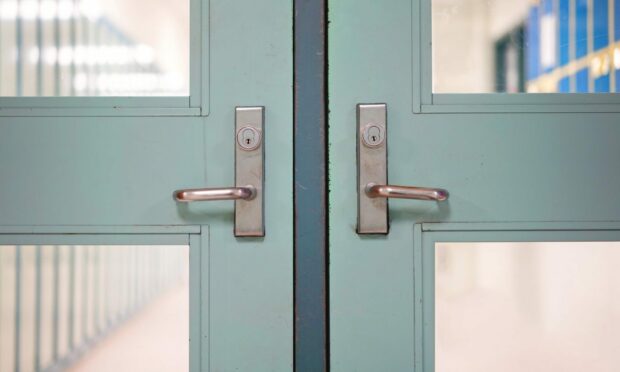
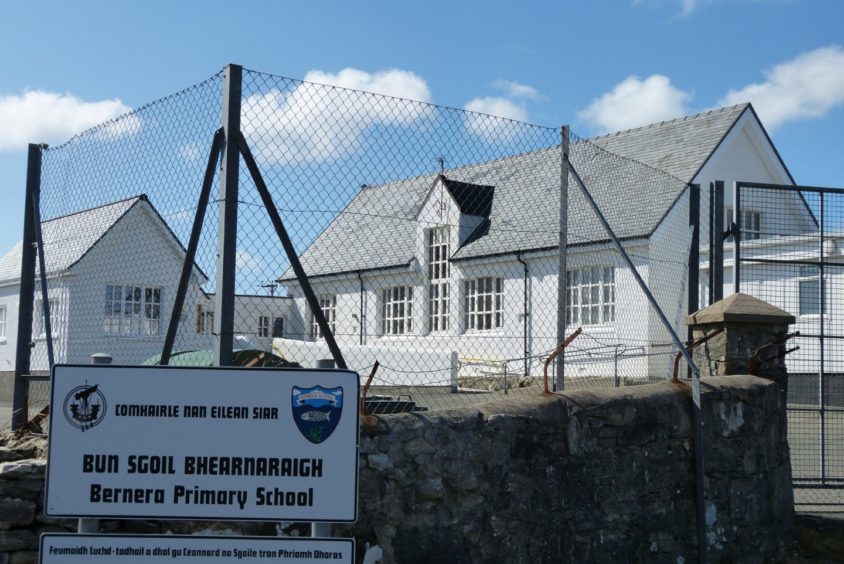
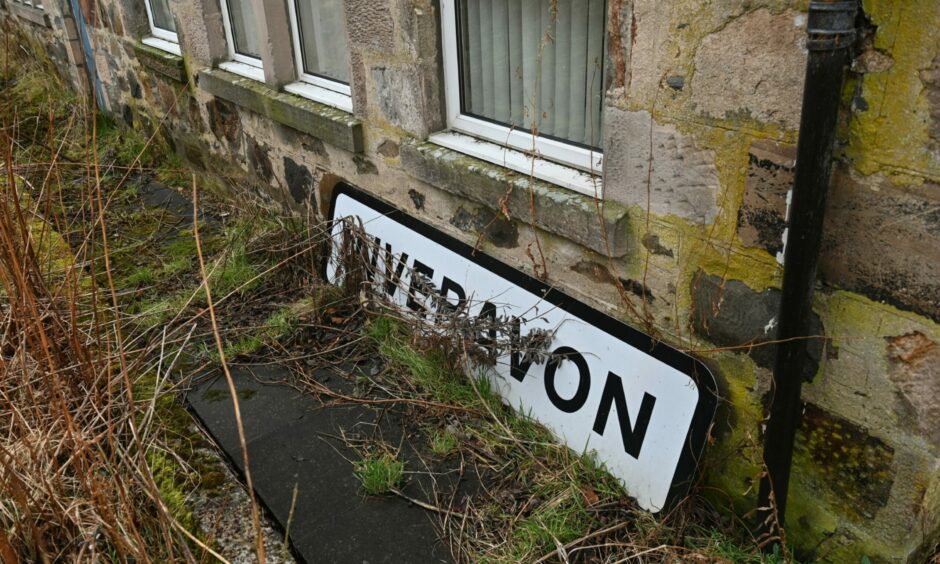


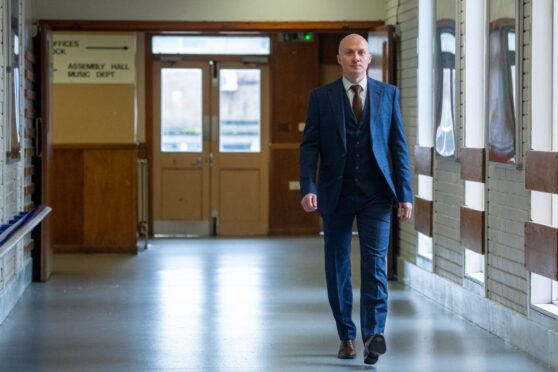
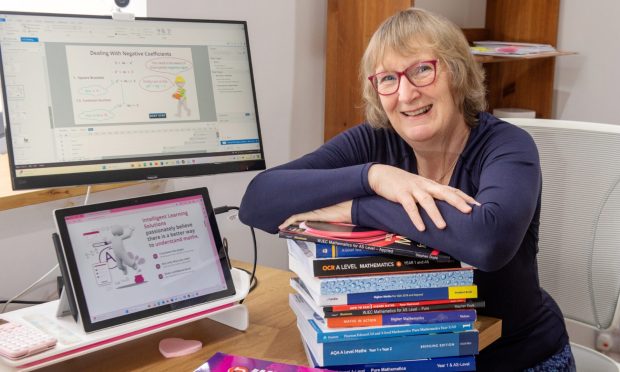
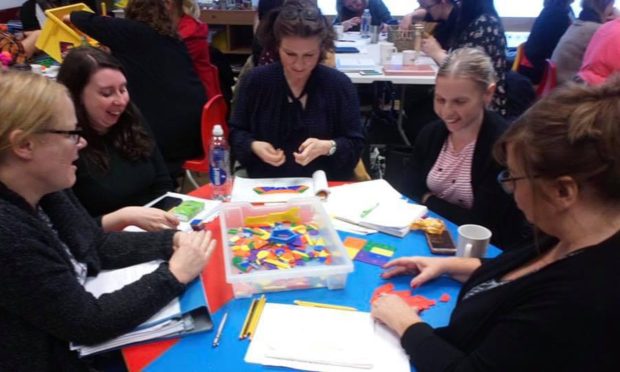

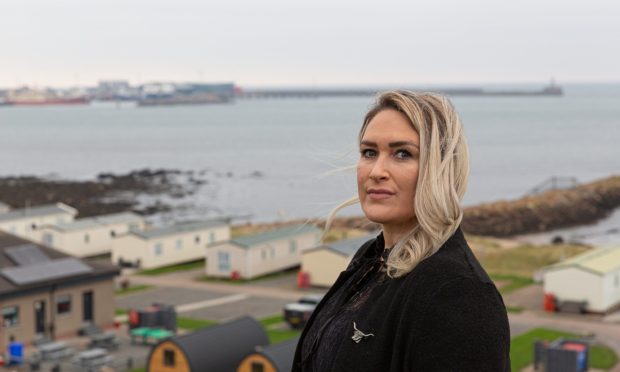
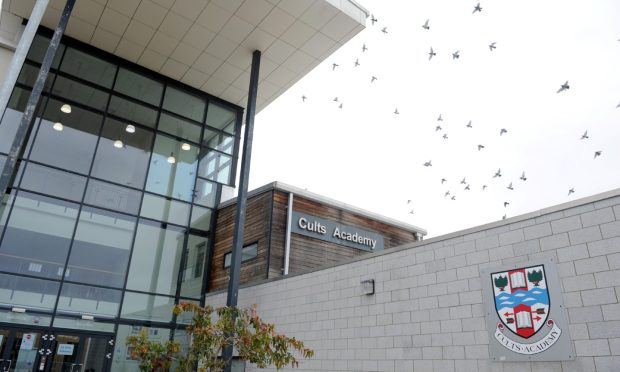


Conversation